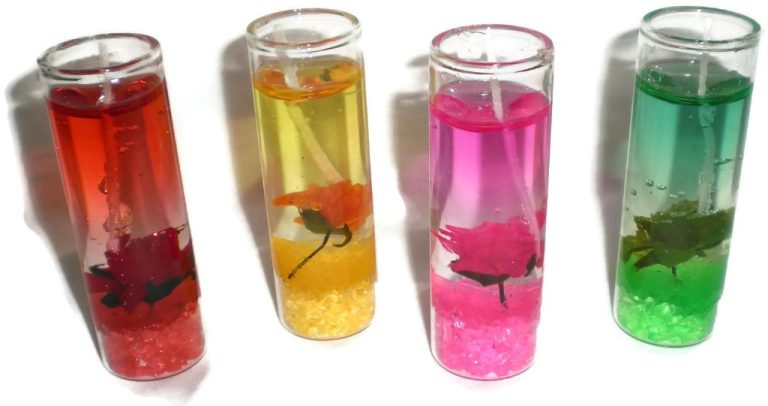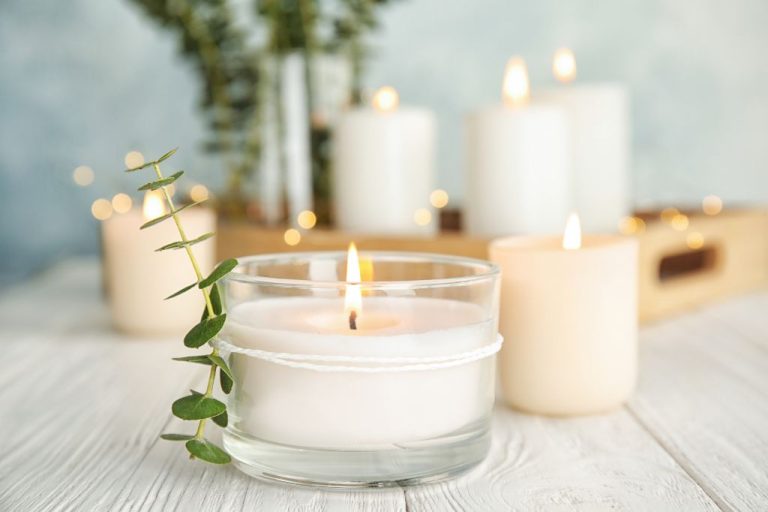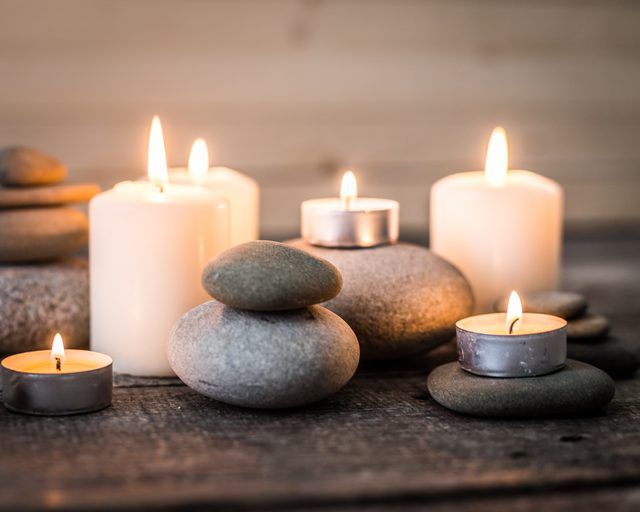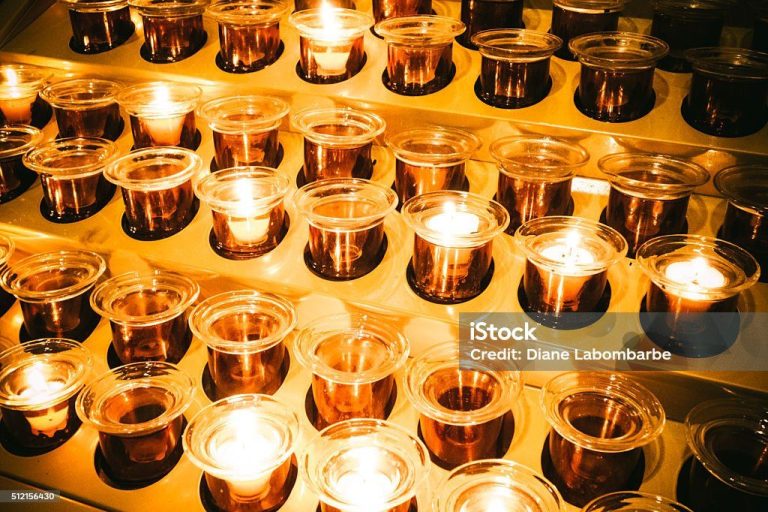What Is A Votive Size Candle?
What Are Votive Candles?
Votive candles are small candles that are used for prayer and devotion. The word “votive” comes from the Latin “votum” meaning “vow” or “wish”. Historically, votive candles were lit as an offering or to symbolize prayers.
The use of votive candles originated in Europe during the Middle Ages. Worshippers would light candles marked with Christian symbols or saints in front of sacred statues and icons. The flame represented the person’s prayer and offerings rising up to heaven (Catholiceducation.org, 2003).
In the Catholic tradition, lighting votive candles is a common practice. Candles are lit to symbolize prayers and intercessions to God, Mary, or the saints. The burning flame represents the living prayer or petition continuing in the presence of God even after the person leaves (Thecandleland.com, 2023). Votives are often used to request blessings, give thanks, or seek divine aid.
Sizes and Shapes
The most common size for a votive candle is 2 inches tall by 1.5 inches wide, with a standard circumference of about 5 inches (Amazon Customer, Amazon.com). This is considered the standard votive candle size that fits perfectly into votive holders. Some candles may be a bit taller, around 2.5 to 3 inches, but maintain the 1.5 inch diameter.
While the classic votive shape is cylindrical, there are some common variations. Pillar votive candles are straight-sided cylinders. Round votives are fully rounded on the bottom as well as top. Hexagonal and octagonal votive candles have a six or eight-sided shape but keep the standard 1.5 inch diameter.
Components
Votive candles are made up of two main components – the wick and the wax. The wick is the cord that runs through the center of the candle. When lit, the wick absorbs wax which fuels the flame. Wicks come in different materials and thicknesses. Cotton and paper fiber wicks are common and provide a bright flame. Some have a flat braid design that promotes an even burn. Metal-core wicks contain zinc or tin to help maintain their structure as the candle burns down. These create a hotter flame and are often used in container candles. The thickness or ply of the wick determines how much fuel it can draw up at a time, so a thicker wick is needed for larger candles.
The wax provides the fuel for the flame and gives shape to the candle. Paraffin wax is the most common as it is inexpensive and easy to work with. Beeswax and soy wax are popular natural wax alternatives. Beeswax has a pleasant honey aroma when burning and soy wax is renewable and environmentally-friendly. Other options include gel wax, which has a transparent, jelly-like texture, and palm wax, which is hard and glossy. The wax composition affects the melting point, opacity, fragrance throw, and burn characteristics. Votive candles are typically made of paraffin, soy, or a blend due to their small size.
Holders and Displays
Votive candles need to be placed in a holder or cup to contain the melted wax. There are many options for votive candle holders, from simple glass cups to decorative trays and stands. Some popular types of votive holders include:
- Clear glass votive cups – These simple glass holders allow the candle light to shine through and highlight the color of the candle. They are inexpensive and disposable. (Source)
- Frosted, colored, or patterned glass holders – These types of holders soften or color the votive light. Patterned holders like chevron add decorative detail. (Source)
- Metal or ceramic holders – These sturdy, reusable holders come in various shapes, sizes, and designs.
Votive candles can also be displayed in trays or stands to create an eye-catching centerpiece or decoration. Some creative ways to display votives include:
- A cluster of assorted votive holders on a metal, mirrored, or stone tray
- Multiple votives lining a windowsill, mantel, or table
- Nestling votive glasses within a wreath of greenery or flowers
- Floating candles in glass bowls or vases filled with water
With so many votive holder styles and display options available, it’s easy to create stunning and unique lighting effects with these small candles.
Uses and Benefits
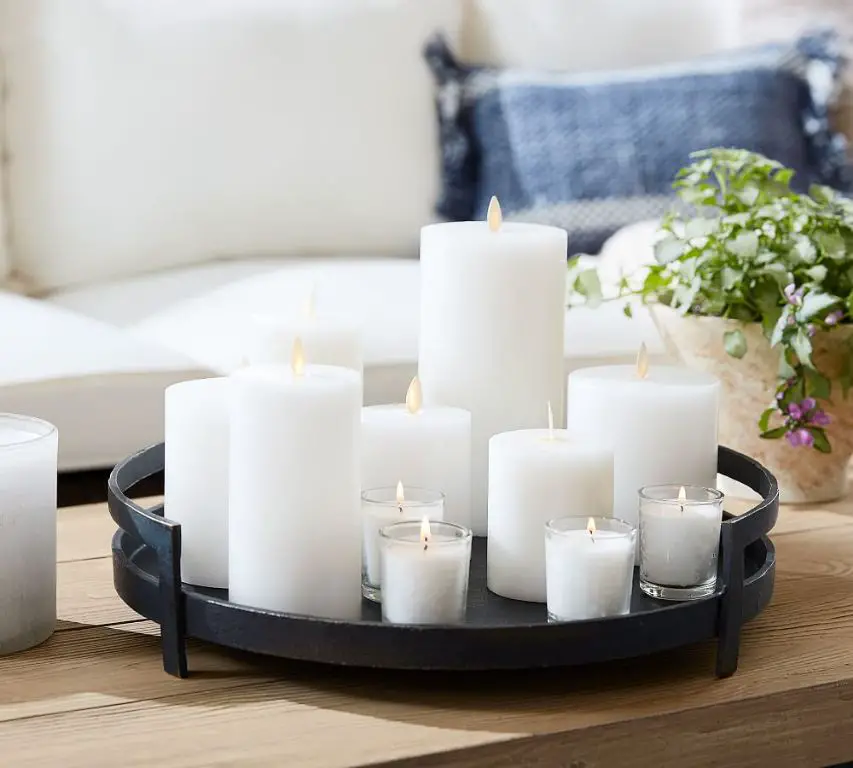
Votive candles have many popular uses that span various settings and occasions. Some of the main uses and benefits of votive candles include:
Spiritual and Religious Uses
In Catholicism, lighting votive candles is a common practice for offering prayers for loved ones or special intentions (The History and Significance of Votive Candles in Catholicism, 2023). The flickering flame represents the spirit’s presence and the living prayer. Votive candles are lit in churches, chapels and cathedrals around the world for spiritual connection.
Aromatherapy
Scented votive candles can be used in aromatherapy to create a relaxing or uplifting environment. Lavender, chamomile, ylang ylang and other calming scents are often used in votives for aromatherapy benefits (Storables, 2024).
Event Decor
Groupings of votive candles make beautiful, warm decor for special events and occasions like weddings, anniversaries, date nights and more. Their small size makes them versatile for decorating tables, fireplace mantels, windowsills and other spaces.
Ambience
The warm, flickering glow of votive candles creates a cozy, welcoming ambience whether used indoors or outdoors. Their small size makes them perfect for enhancing the atmosphere in intimate spaces.
Safety Tips
When using votive candles, it’s important to follow proper safety guidelines to avoid accidents or injuries. Here are some key tips to keep in mind:
Always place votive candles in proper holders made of glass, metal, or ceramic. Never put them directly on surfaces that could catch fire. According to the Seattle Archdiocese, votive candles should be kept in holders that are 1-2 inches taller than the flame.1 The holder should be sturdy and not easily tipped over.
Keep votives away from flammable materials like curtains, tablecloths, or decor. Allow ample space around the candles, at least 12 inches. Do not place near drafts that could blow the flame in the wrong direction.2
Never leave burning votives unattended. Always blow them out before leaving a room or going to sleep. Do not burn for more than 4 hours at a time.
Keep matches and lighters safely out of reach of children. Teach kids to stay away from open flames. Do not allow pets near burning candles, as they may accidentally knock them over.
Having working smoke detectors is a must when burning any candles. Be prepared to properly extinguish votives in case of emergency.
Popular Scents
Votive candles come in a huge variety of scents to suit any mood or occasion. Some of the most popular fragrance varieties include:
- Floral – Rose, lavender, jasmine, and other flower scents provide a fresh, romantic aroma.
- Fruity – Citrus like lemon and grapefruit or sweeter scents like apple, peach, and strawberry.
- Spice – Cinnamon, clove, vanilla, and gingerbread for a cozy, wintry feel.
- Woodsy – Cedar, pine, sandalwood, and other earthy forest scents.
- Ocean – Refreshing scents like sea salt, ocean breeze, and coconut.
There are also many votive candles made specially for seasonal or holiday use:
- Spring – Light florals and fruits like lilac, violet, and strawberry.
- Summer – Tropical scents like coconut, pineapple, and citronella for outdoor use.
- Fall – Warm spices, apples, pumpkin, and maple.
- Winter – Evergreen, frosted pine, peppermint, and candy cane.
- Christmas – Fir, balsam, cranberry, gingerbread.
- Halloween – Pumpkin, candy corn, caramel apple.
- Valentine’s Day – Rose, chocolate, vanilla, cherry.
Votive candles let you set a scent theme for any occasion or time of year.
Care and Maintenance
Properly caring for and maintaining your votive candles and holders will help them last longer and function better. Here are some tips on storage, cleaning, and disposal:
For storage, it’s best to keep votive candles in a cool, dry place away from direct sunlight and heat sources. Excessive warmth can cause votives to lose their shape, melt, or become discolored. Storing them in a cabinet, closet, or drawer helps protect them.
Over time, votive holders will accumulate melted wax and wick debris. To clean, first let the holder completely cool. Then wash with mild soap and water, using a soft cloth or sponge to gently scrub. Avoid abrasive cleaners or scouring pads. For tough wax buildup, place the holder in the freezer for a few hours – the wax will chip off more easily.
To dispose of used votive candles, wait for them to fully cool and solidify. Scrape off any remaining wax to reuse or discard. Votives made from paraffin wax can go in the trash. For soy or beeswax, consider composting instead. The metal wick sustainers are recyclable. Votive glass jars can also be recycled or repurposed for small storage.
Following proper care and maintenance procedures will help votives remain usable for longer and keep votive displays looking their best. Be sure to store, clean, and dispose of votives and holders appropriately.
Buying Guide
When buying votive candles, there are several factors to consider:
Where to Buy: Votive candles can be purchased from a variety of sources including specialty candle shops, craft stores, big box stores, grocery stores, and online retailers like Wayfair. Online stores offer convenience and a wide selection, while physical stores allow you to see and smell the candles in person.
Size: Standard votive candles are 1.5 inches wide by 2 inches high. Mini votive candles are approximately 1 inch wide by 1.5 inches high. The smaller size can be useful for fitting into small decorative holders.
Fragrance: Votive candles come in a vast array of scents like floral, fruit, spice, seasonal, and clean/fresh options. Consider which fragrances suit your tastes and purpose.
Quantity: Votive candles are inexpensive when purchased individually, but buying in bulk packs offers significant cost savings.
Price: Basic votive candles cost between $0.20-$1 each, while higher end luxury candles with premium waxes, complex scents, and elegant packaging can range from $5-$20 per candle.
Brand: Well-known brands like Yankee Candle, Bath & Body Works, and Voluspa are available alongside store brand options.
Wax Type: Paraffin, soy, and beeswax are common. Soy and beeswax are natural options. Paraffin burns longer while soy and beeswax are eco-friendlier.
Burn Time: Expect between 6-20 hours of burn time depending on size and wax type. Larger and paraffin candles tend to burn longer.
Creative Craft Ideas
Votive candles can be creatively upcycled into a variety of DIY craft projects. Here are some fun ideas to repurpose used votive candles and containers:
Upcycled Votive Holders
Votive holders like glass jars, tin cans, and ceramics can be painted, decorated, or otherwise repurposed when the candle is used up. Get creative by:
– Painting the holders with acrylic paints and using stencils or stamps to add patterns.
– Wrapping the holders in jute, lace, or raffia for a rustic look.
– Gluing sea glass, shells, beads, or gemstones to the holders to create jewel-toned accents.
– Etching designs into glass holders using an etching cream.
DIY Wax Melts
Leftover votive wax can be melted and poured into silicone molds to create wax melts for warm, homey scents. Popular shapes include flowers, hearts, gems, and more. Make monochromatic melts in your favorite scent or get creative by mixing wax from different votives.
Fire Starters
To recreate the experience of lighting a votive, pour leftover wax into egg cartons or muffin tins. Then insert a wick made of twine or cotton string into each wax cube. Let cool completely before using the wax “candles” as fire starters for fireplaces or bonfires.

